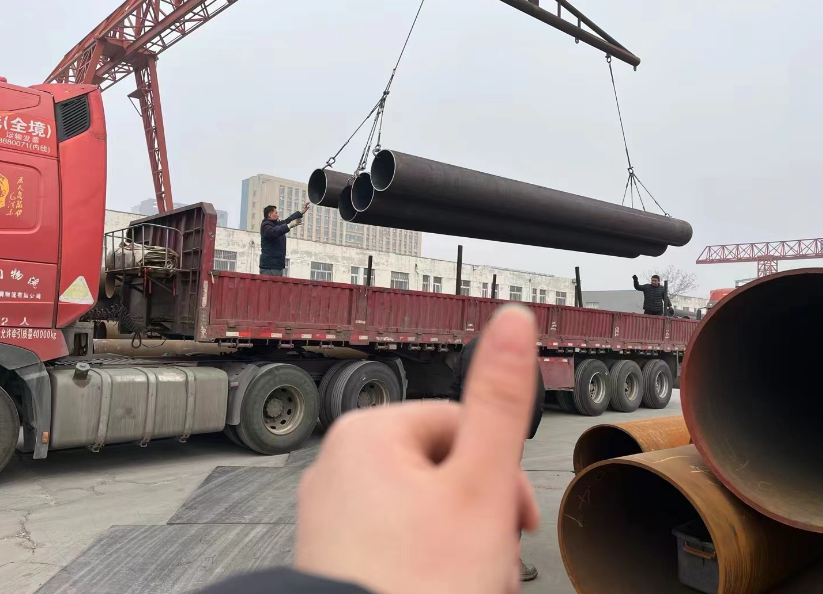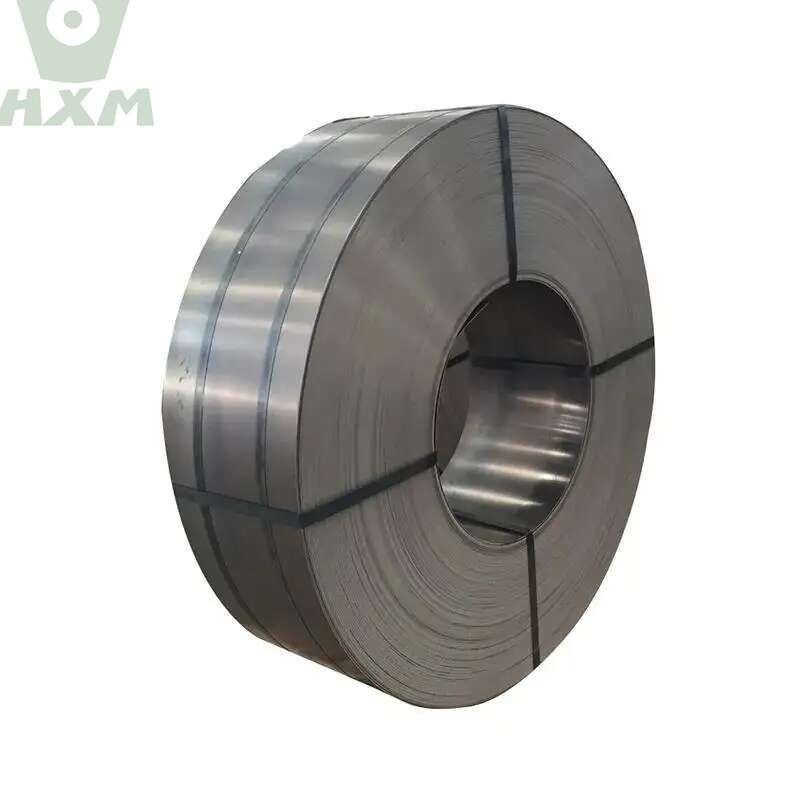Carbon steel, a material that has long been a cornerstone of infrastructure projects around the world, is renowned for its exceptional strength, durability, and adaptability. It is found in a wide range of structures that are essential to our daily lives, from the roads we drive on to the buildings we work in. The material’s unique combination of properties makes it an exceptional choice for engineers and architects seeking to create long-lasting and sustainable designs. In this article, we will delve into the various applications of carbon steel in infrastructure, discussing its role in bridges, buildings, and beyond.

Carbon Steel in Infrastructure: Bridges, Buildings, and Beyond
I. Bridges
As an important channel connecting the two banks of a river, bridges need to withstand multiple pressures from vehicles, pedestrians, and natural forces. Carbon steel, with its excellent strength and toughness, has become a key material for bridge construction. The bridge piers, deck, and connection parts of large bridges often use carbon steel. Its strength ensures that the bridge remains stable under long-term loads, while its corrosion resistance ensures the longevity of the bridge.
II. Buildings
In the construction field, carbon steel is also widely used. Whether it is a high-rise building or a low-rise building, it is inseparable from the support of carbon steel. Most of the building’s beams, columns, and frames are made of carbon steel. This is because carbon steel has an excellent strength-to-weight ratio, providing adequate support without adding extra weight. In addition, carbon steel has good processing performance and can be processed into various shapes according to design requirements.
III. Large Engineering Applications
In large-scale engineering projects, such as subways, highways, and power plants, the application of carbon steel is also indispensable. These projects are characterized by their large scale and demanding requirements, requiring materials with a high degree of durability and stability. The excellent properties of carbon steel make it an ideal choice for these projects. For example, in subway construction, carbon steel is used to make tracks, signaling systems, and vehicle components; in power plants, carbon steel is used to make boilers and other key components.
IV. Environmental Adaptability
Infrastructure projects often face various environmental challenges such as temperature changes, humidity, corrosion, etc. In these situations, carbon steel exhibits its unique advantages. For example, in cold areas, carbon steel does not embrittle as easily as some materials; in humid environments, its corrosion resistance ensures the long-term stability of the structure.
V. Sustainability and Safety
With the growing focus on sustainability, carbon steel is gaining popularity due to its recyclability. Many infrastructure projects are designed and built with future recycling in mind, and carbon steel, as one of the primary structural materials, makes this possible. In addition, due to its strength and stability, using carbon steel can reduce safety incidents caused by structural problems.
Conclusion
To sum up, carbon steel’s position in the infrastructure field is irreplaceable. From bridges to buildings to various large-scale projects, it meets various stringent requirements with its excellent performance.
Thank you for reading our article and we hope it can help you to have a better understanding of the carbon steel in infrastructure. If you are looking for carbon steel suppliers on the market today, please don’t hesitate to contact Huaxia Steel.
As a leading supplier of carbon steel products across the world, Huaxia Steel provides our customers with high-quality carbon steel, tool steel, alloy steel, carbon steel tubes, and carbon steel pipes at a very competitive price.








